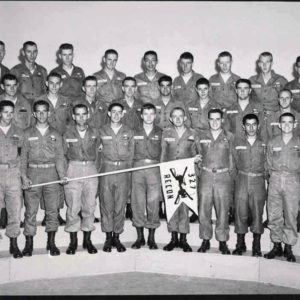 101st Airborne
101st Airborne
Entry Category: Race
 101st Airborne
101st Airborne
Aaron v. Cooper
aka: Cooper v. Aaron
Abrams, Annie Mable McDaniel
Act 10 of 1958 [Affidavit Law]
Act 115 of 1959 [Anti-NAACP Law]
Act 151 of 1859
aka: Act to Remove the Free Negroes and Mulattos from the State
aka: Arkansas's Free Negro Expulsion Act of 1859
Act 258 of 1909
aka: Toney Bill to Prevent Lynching
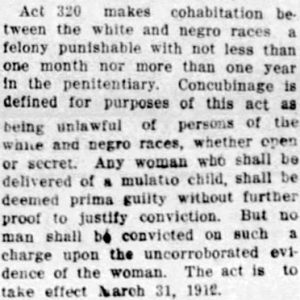 Act 320
Act 320
 Dick Allen
Dick Allen
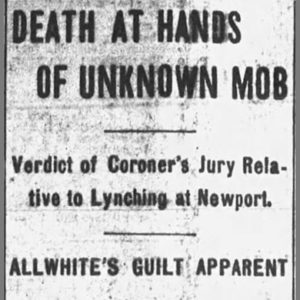 Allwhite Lynching Editorial
Allwhite Lynching Editorial
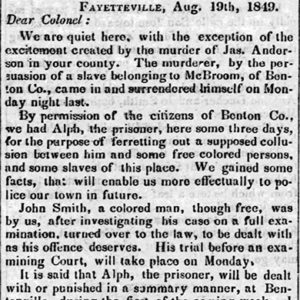 Alph Lynching Article
Alph Lynching Article
Alph (Lynching of)
American Krusaders
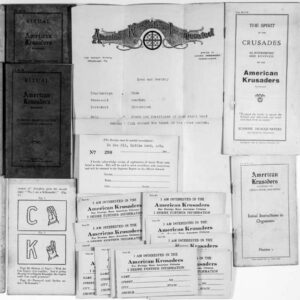 American Krusaders Ephemera
American Krusaders Ephemera
American Missionary Association
Ames, Wyatt (Lynching of)
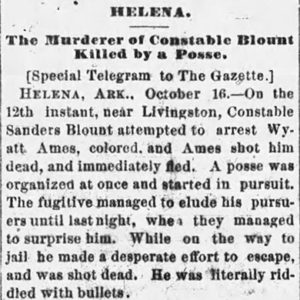 Wyatt Ames Lynching Article
Wyatt Ames Lynching Article
Anderson, Andrew Lee (Killing of)
Anderson, James (Lynching of)
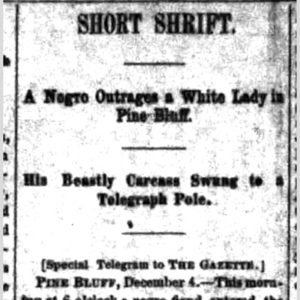 James Anderson Lynching Article
James Anderson Lynching Article
Anderson, William (Lynching of)
 William Anderson Lynching Article
William Anderson Lynching Article
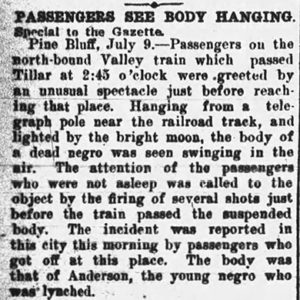 William Anderson Lynching Article
William Anderson Lynching Article
Anti-miscegenation Laws
Anti-Semitism
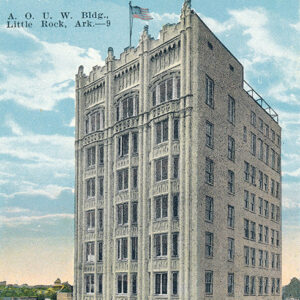 AOUW Building
AOUW Building
Appeal of the Arkansas Exiles to Christians throughout the World
 Article about the Argenta Race Riot of 1906
Article about the Argenta Race Riot of 1906
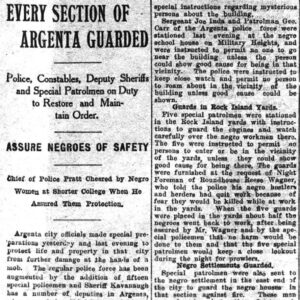 Argenta Race Riot Article
Argenta Race Riot Article
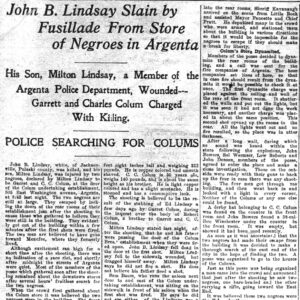 Argenta Race Riot Article (Part 1)
Argenta Race Riot Article (Part 1)
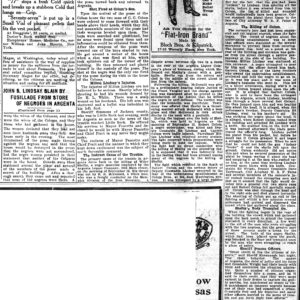 Argenta Race Riot Article (Part 2)
Argenta Race Riot Article (Part 2)
Argenta Race Riot of 1906
aka: Lynching of Homer G. Blackman
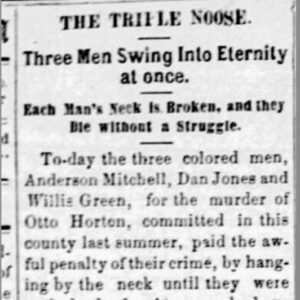 Arkadelphia Executions Article
Arkadelphia Executions Article
Arkadelphia Lynching of 1879
aka: Lynching of Daniels Family
Arkansas “Scottsboro” Case
aka: Bubbles Clayton and James X. Caruthers (Trial and Execution of)
aka: James X. Caruthers and Bubbles Clayton (Trial and Execution of)
Arkansas Association of Colored Women
aka: Arkansas Association of Colored Women’s and Girls Federated Clubs, Inc.
aka: Arkansas Association of Women’s Clubs, Inc.
aka: Arkansas Association of Women, Youth, and Young Adults Clubs, Inc.
Arkansas Black Hall of Fame
Arkansas Council on Human Relations (ACHR)
Arkansas Faith
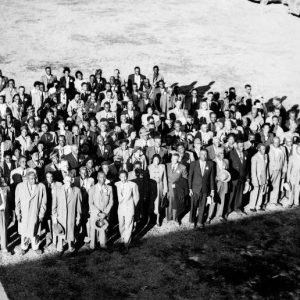 Arkansas Farm Bureau, Negro Division
Arkansas Farm Bureau, Negro Division
Arkansas League of the South
 Arkansas Martin Luther King Jr. Commission
Arkansas Martin Luther King Jr. Commission
Arkansas Martin Luther King Jr. Commission
Arkansas Medical, Dental, and Pharmaceutical Association
Arkansas Negro Democratic Association (ANDA)
Arkansas Race Riot, The [Pamphlet]
Arkansas State Capitol, Desegregation of the
Arkansas State Press
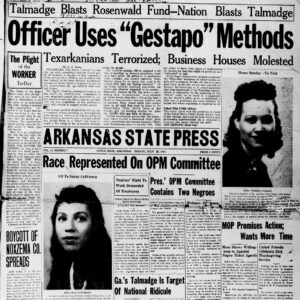 Arkansas State Press
Arkansas State Press




